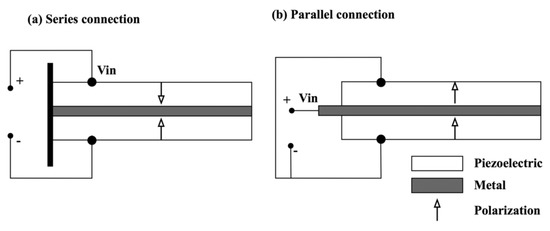

Other naturally occurring piezoelectric materials include cane sugar, Rochelle salt, topaz, tourmaline, and even bone. The most well known, and the first piezoelectric material used in electronic devices is the quartz crystal. Due to the presence of strongly correlated electrons in some of the oxides, the GGA+U method is employed, with U representing the Hubbard-parameter. There are a variety of piezoelectric materials that can conduct an electric current, both man-made and natural. Similarly to our previous work, we expect to correctly converge to ferromagnetic and non-magnetic states in this way, but not to anti-ferromagnetic states. For the compounds that contain magnetic elements, a ferromagnetic state is initialized in the calculation. Dyi-Cheng Chen1, Shih-Hung Kao2 and Chen-Kun Huang1. A cut-off for the plane waves of 1000 eV is used and a uniform k-point density of approximately 2,000 per reciprocal atom (pra) is employed, which means that the number of atoms per cell multiplied by the number of k-points equals approximately 2,000. Study of piezoelectric materials combined with electromagnetic design for bicycle harvesting system. In all calculations, we employ the Perdew, Becke and Ernzerhof (PBE) Generalized Gradient Approximation (GGA) for the exchange-correlation functional. The first-principles results presented in this work are performed using the projector augmented wave (PAW) method as implemented in the Vienna Ab Initio Simulation Package (VASP). 1 and 2 and created using the open-source MTEX package. For these cases, the response cannot be depicted such as in Figs. Finally, note that for some compounds, a piezoelectric response is only induced by shear deformation rather than tensile or compressive deformation. In that case, the relative magnitudes of the tensor components dictate in which crystallographic direction, the maximum response occurs. 2 shows a more complicated longitudinal piezoelectric modulus-surface for an orthorhombic compound. By symmetry, this is always the case for cubic piezoelectric materials. As can be seen clearly, the maximum modulus occurs in the family of crystallographic directions. This is for the case of a cubic material. 1 shows an example of how the longitudinal piezoelectric modulus can be represented in 3D.

One can think of these quantities as the piezoelectric counterpart of the well-known Young's modulus and the stiffest elastic direction in the context of elasticity-theory. Applying mechanical stress to these materials helps create an alternating negative and positive charge on the material, creating an active electrical field. On MP, in addition to the piezoelectric tensor in Voigt-notation, we report the maximum longitudinal piezoelectric modulus of the compound and the corresponding crystallographic direction in which this occurs. The Piezoelectric effect is the ability to squeeze two specific materials together to make an electrical current. For piezoelectric properties, this isotropic averaging-approach does not quite work due to the requirement that inversion symmetry cannot occur in piezoelectric materials. For elastic properties, which are based on a tensor of order 4, isotropic Voigt and Reuss averages can be derived on the bulk and shear moduli.


 0 kommentar(er)
0 kommentar(er)
